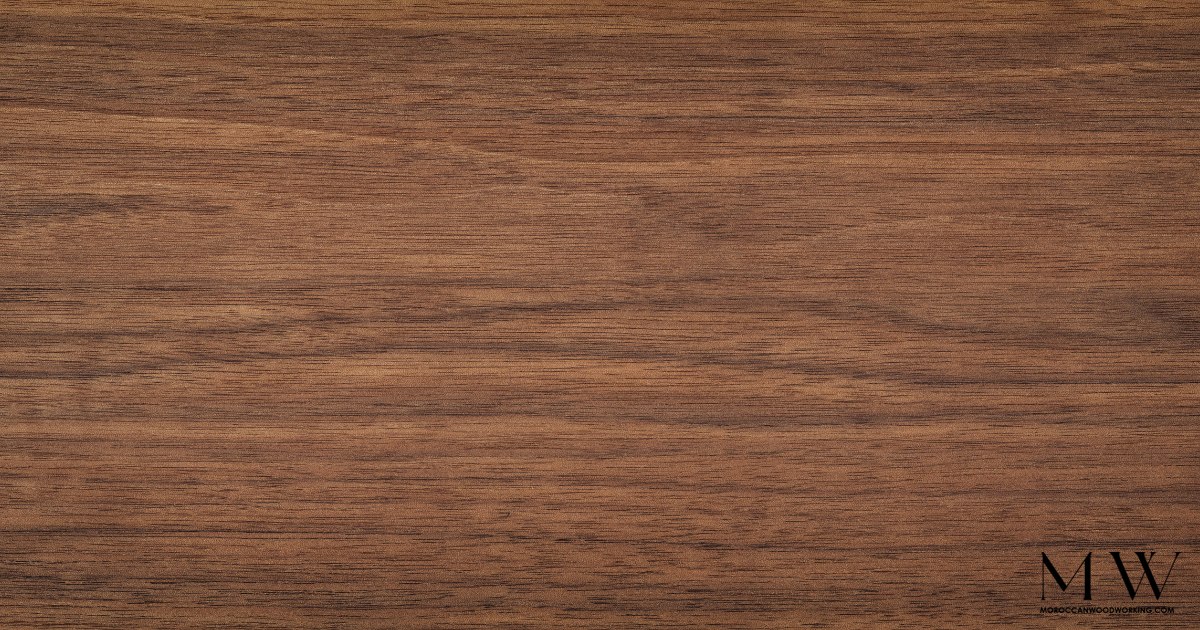WOOD SPECIES
Moroccan wood furniture is known for its intricate carvings and beautiful finishes, crafted from a variety of wood types including Almond, Ash, Boxwood, Carob, Cedar, Citrus, Eucalyptus, Mahogany, Oak, Olive, Palm, Pine, Redwood, Thuya, Walnut, and Juniper. Each wood type has its own unique characteristics, from the deep, rich hues of Mahogany and Walnut to the fragrant and durable Cedar and Eucalyptus. Moroccan artisans have been using these woods for centuries, transforming them into stunning pieces of furniture that are both functional and aesthetically pleasing. Whether you’re looking for a statement piece or a subtle addition to your home decor, Moroccan wood furniture is sure to impress.
ALMOND
Almond wood is a popular choice for Moroccan furniture, particularly for carving and intricate designs. Almond wood is known for its strength and durability, making it ideal for furniture that is expected to last for generations. In addition, almond wood has a beautiful natural color and grain pattern that makes it an attractive choice for furniture makers. Moroccan furniture makers often use almond wood for their carved furniture pieces such as doors, cabinets, and tables.
| Characteristic | Appearance |
|---|---|
| Density | Medium to high density with a Janka hardness rating of 1,690 |
| Color | Light to medium brown with a reddish tint |
| Grain | Straight and uniform |
| Texture | Fine and smooth |
| Durability | Resistant to decay and rot |
| Workability | Easy to work with hand and power tools |
| Burning qualities | Burns hot and long, producing a pleasant aroma and minimal smoke |
| Common uses | Woodworking, carving, turning, furniture, cabinets, flooring, and firewood |
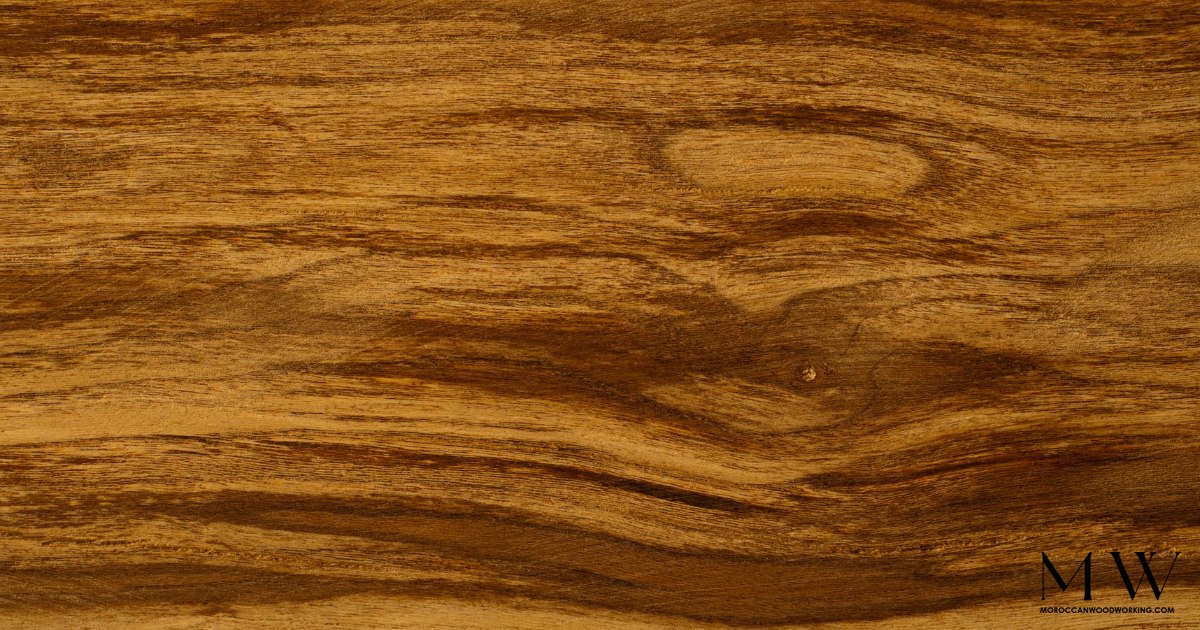
ASH
Ash wood is another popular wood used in Moroccan furniture making. This wood has a light color and a straight grain, making it ideal for furniture that is simple in design. Moroccan furniture makers often use ash wood for their more modern furniture pieces that have straight, clean lines. Ash wood is also strong and durable, making it ideal for furniture that will be used regularly.
| Characteristic | Appearance |
|---|---|
| Density | Medium to high |
| Texture | Coarse, with a straight grain pattern |
| Color | Pale to medium brown with a creamy white sapwood |
| Grain | Straight and even |
| Figure | Can exhibit strong figuring, such as cathedral or curly |
| Durability | Moderately durable |
| Workability | Easy to work with hand and machine tools |
| Uses | Furniture, flooring, sports equipment, tool handles, and decorative veneers |
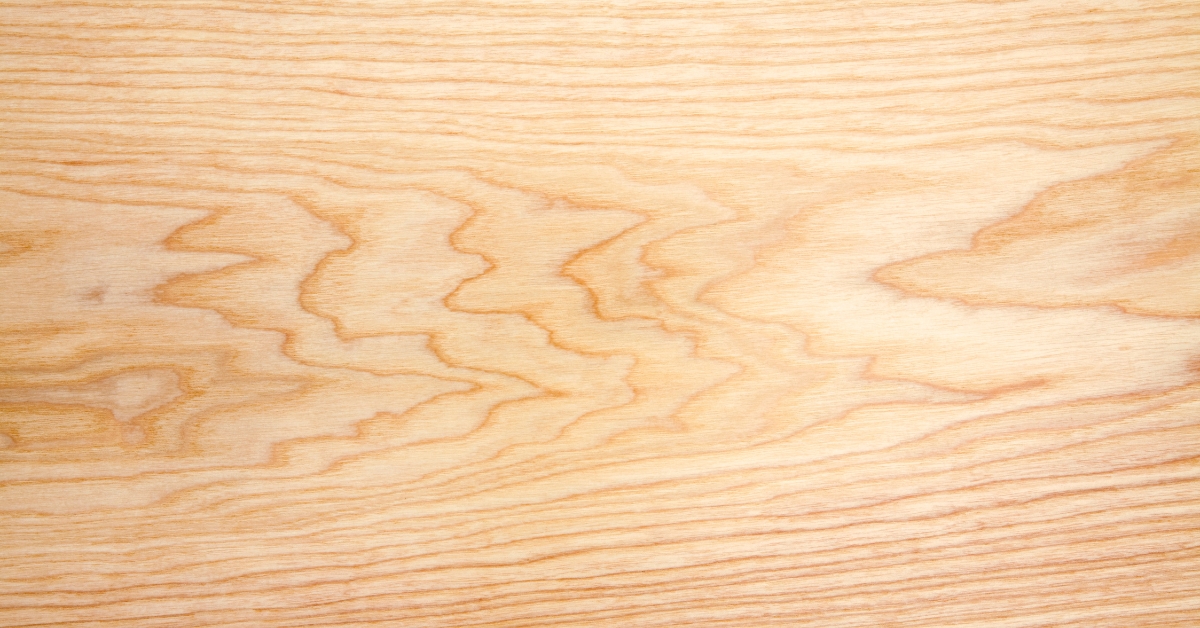
Boxwood
Boxwood is a slow-growing wood that is hard and dense, making it ideal for carving intricate designs. Moroccan furniture makers often use boxwood for their more decorative furniture pieces, such as carvings, small tables, and boxes. Boxwood is known for its fine grain and pale yellow color, making it an attractive choice for furniture that has a natural, understated look.
| Characteristic | Appearance |
|---|---|
| Density | Very high, making it hard and heavy |
| Color | Pale yellowish-brown to light brown |
| Grain | Straight and fine, with a uniform texture |
| Growth rings | Indistinct |
| Figure | Generally plain, with occasional small knots |
| Durability | Highly resistant to decay and insects |
| Workability | Easy to carve, shape, and sand, with good dimensional stability |
| Finishing | Takes finishes well, including stains, oils, and varnishes |
| Furniture uses | Turnery, carving, inlay work, and as decorative accents in fine furniture such as small boxes, chests, and cabinets |
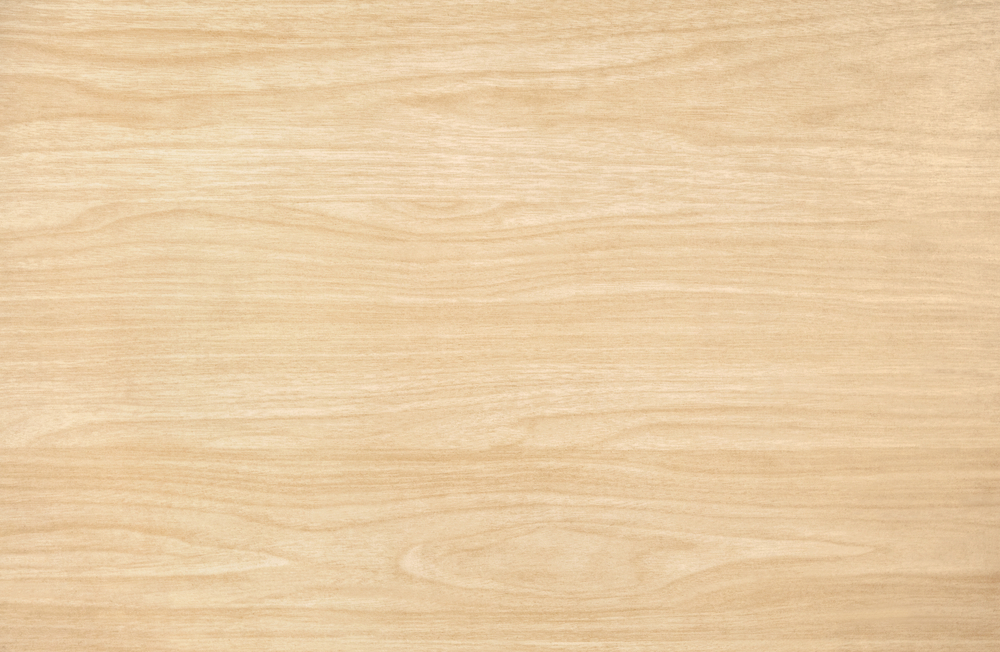
Carob
Carob wood is a dark wood with a reddish-brown hue. It is known for its strength and durability, making it ideal for furniture that will be used regularly. Moroccan furniture makers often use carob wood for their more traditional furniture pieces, such as doors, tables, and chairs. Carob wood has a beautiful natural color and a unique grain pattern that makes it an attractive choice for furniture makers.
| Characteristic | Appearance |
|---|---|
| Density | Medium to high |
| Grain | Straight to interlocked |
| Texture | Fine to medium |
| Color | Heartwood is a rich, reddish-brown color; sapwood is lighter in color |
| Figure | Generally without figure, although some boards may have an attractive swirling or mottled pattern |
| Durability | Moderately durable |
| Workability | Machines and turns well; can be difficult to glue; finishes well |
| Common uses | Flooring, furniture, turned objects, and decorative veneers |
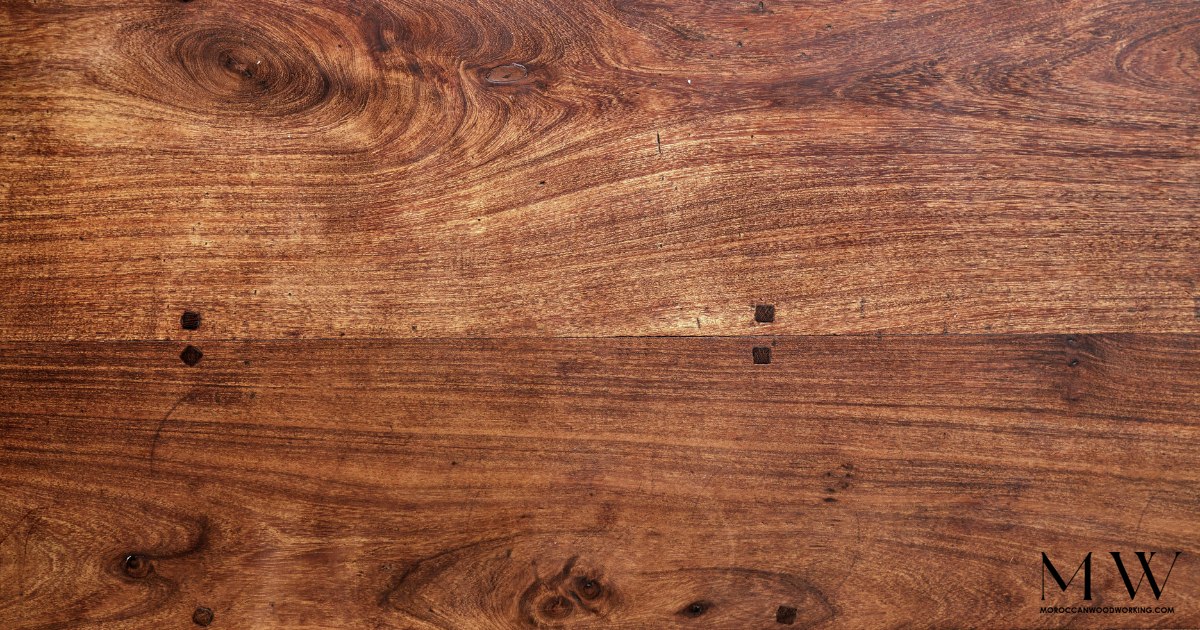
Cedar
Cedar wood is a popular wood used in Moroccan furniture making due to its beautiful natural color and fine grain. Cedar wood has a strong, pleasant aroma that repels insects and is resistant to rot, making it ideal for furniture that will be exposed to the elements. Moroccan furniture makers often use cedar wood for their outdoor furniture pieces such as garden chairs, tables, and benches.
| Characteristic | Appearance |
|---|---|
| Color | Light to medium reddish-brown |
| Grain | Straight or slightly wavy |
| Texture | Fine and even |
| Durability | Highly resistant to decay and insect infestation |
| Density | Lightweight with a low density |
| Workability | Easy to work with hand and power tools |
| Stability | Relatively stable and resists warping, shrinking, and swelling |
| Odor | Distinctive and pleasant aroma |
| Moisture content | Low moisture content, which makes it less prone to splitting and cracking |
| Uses | Outdoor furniture, decking, siding, fencing, and other exterior applications; also used for closet and chest linings, and other interior applications. |

Eucalyptus
Your content goes here. Edit or remove this text inline or in the module Content settings. You can also style every aspect of this content in the module Design settings and even apply custom CSS to this text in the module Advanced settings.
| Characteristic | Appearance |
|---|---|
| Density | High density, averaging around 700 kg/m³ |
| Texture | Coarse, often with interlocked or wavy grain |
| Color | Typically ranges from light brown to reddish brown, with occasional streaks of gray |
| Figure | Frequently exhibits fiddleback or curly grain patterns |
| Durability | Highly durable and resistant to decay and insect damage |
| Workability | Can be difficult to work due to its density and interlocked grain, but can be successfully sawn, planed, and turned |
| Uses | Commonly used for flooring, cabinetry, furniture, and decorative veneers |

Juniper
Juniper wood is a popular choice for Moroccan furniture due to its distinct aroma and attractive grain patterns. The wood is known for its natural insect repellent properties, which make it ideal for outdoor furniture. Moroccan craftsmen use juniper wood to make chairs, tables, and other outdoor furniture that is both functional and visually appealing.
| Characteristic | Appearance |
|---|---|
| Texture | Fine |
| Grain | Straight to irregular |
| Color | Creamy white to yellow-brown |
| Hardness | Hard |
| Durability | Moderate to high |
| Decay resistance | High |
| Workability | Easy to work with hand and machine tools |
| Odor | Mild |
| Other notable features | Knots and burls are common, giving it a unique appearance |
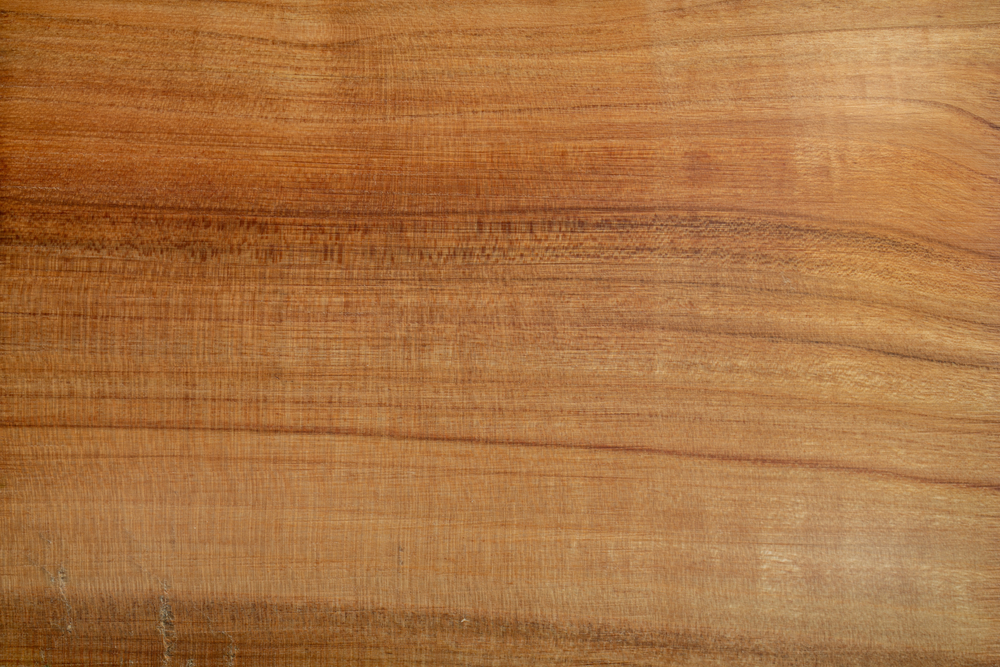
Lemon
Lemon wood, also known as citron wood, is prized for its vibrant yellow color and fine grain texture. Moroccan craftsmen use lemon wood to make decorative boxes and intricate carvings. The wood is also used to make small furniture pieces, such as stools and footrests.
| Characteristic | Appearance |
|---|---|
| Color | Light to medium yellow, with occasional streaks of light brown or greenish gray |
| Grain | Straight or slightly interlocked, with a fine to medium texture |
| Density | Moderately heavy, with a density of 560-670 kg/m³ |
| Durability | Moderately durable, with a resistance to decay and insect attack |
| Workability | Easy to work with hand and power tools, with good turning and carving properties |
| Finishing | Takes stains, paints, and finishes well, with a natural luster when polished |
| Uses | Furniture, cabinetry, interior trim, flooring, decorative objects, musical instruments, and carving |
Mahogany
Mahogany wood is a luxurious and expensive wood that is used to make high-end Moroccan furniture pieces. The wood is known for its rich reddish-brown color and fine grain texture. Moroccan craftsmen use mahogany wood to make cabinets, tables, and chairs that are both elegant and functional.
| Characteristic | Appearance |
|---|---|
| Color | Ranges from reddish-brown to deep, rich brown |
| Grain | Straight, interlocked, or wavy |
| Texture | Medium to coarse |
| Durability | Resistant to rot, decay, and insect infestation |
| Hardness | Moderately hard |
| Weight | Moderately heavy |
| Strength | Strong and durable |
| Workability | Easy to work with hand and power tools |
| Finishing | Takes stains and finishes well, with a smooth, polished finish |
| Uses | High-end furniture, cabinetry, decorative veneers, musical instruments, boat building |
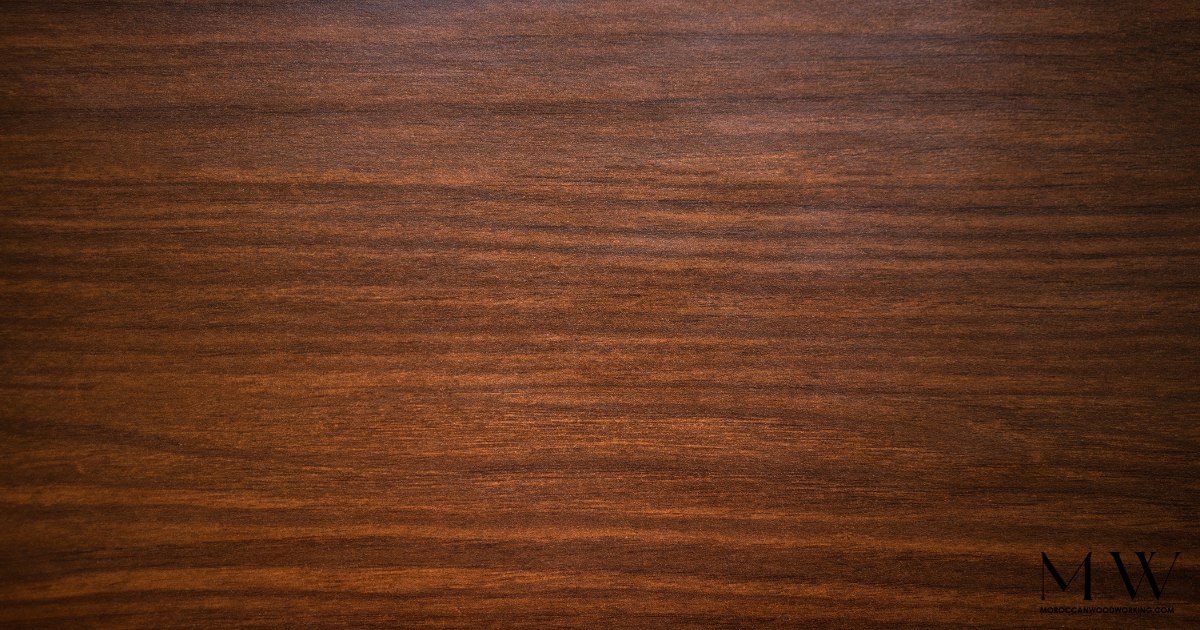
Oak
Oak wood is a popular choice for Moroccan furniture due to its strength and durability. The wood is known for its beautiful grain patterns and natural resistance to decay. Moroccan craftsmen use oak wood to make chairs, tables, and other furniture pieces that are both sturdy and long-lasting.
| Characteristic | Appearance |
|---|---|
| Hardness | Oak is a hard and dense wood with a Janka hardness rating of 1,290. |
| Grain | Oak has a distinctive, coarse grain pattern with prominent growth rings that give it a unique look. |
| Color | The heartwood of oak ranges in color from light brown to yellow-brown, while the sapwood is a light cream color. |
| Texture | Oak has a medium texture and is moderately coarse. |
| Figure | Oak is known for having a variety of figure patterns, such as flake, tiger stripe, and ray. |
| Durability | Oak is highly durable and resistant to rot and insect damage, making it a popular choice for outdoor projects. |
| Workability | Oak can be difficult to work with due to its density and hardness, but it can be machined, sanded, and finished with care. |
| Uses | Oak is commonly used in furniture, flooring, cabinetry, and construction, and is also a popular choice for wine barrels due to its tight grain and ability to impart flavor. |
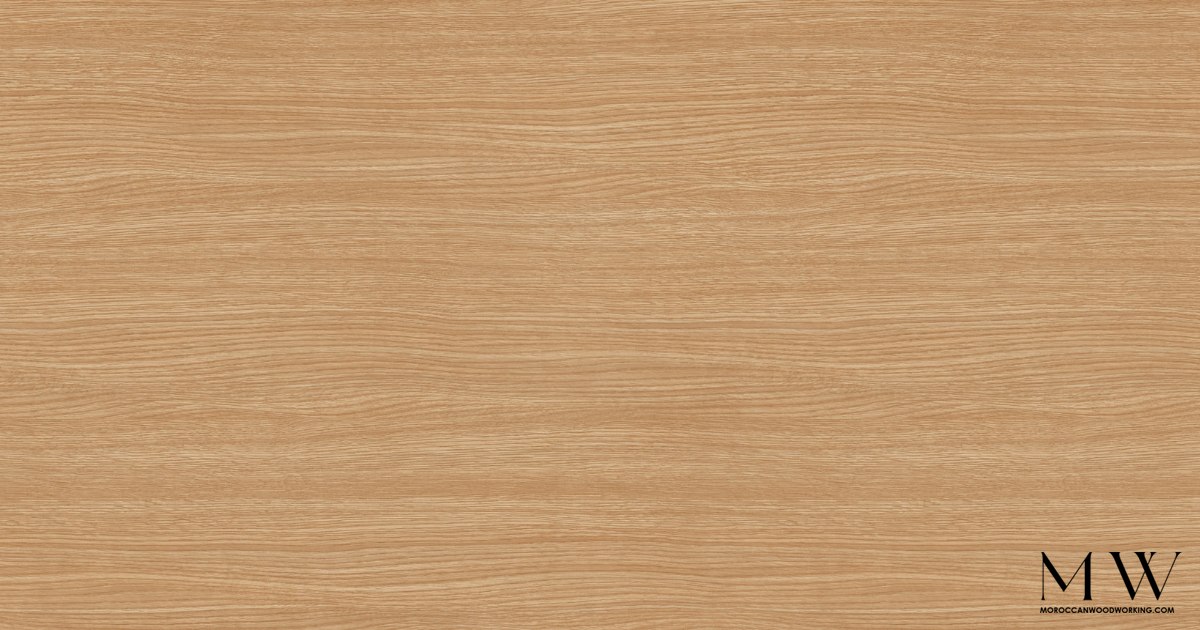
Olive
Olive wood is a highly prized wood that is used to make decorative carvings and small furniture pieces. The wood is known for its distinct grain patterns and warm color tones. Moroccan craftsmen use olive wood to make decorative bowls, utensils, and small furniture pieces, such as stools and footrests.
| Characteristic | Appearance |
|---|---|
| Density | Medium to high density |
| Texture | Fine, even texture with straight or interlocked grain |
| Color | Light to medium brown with darker brown or black streaks |
| Figure | Often features a distinct swirling pattern |
| Hardness | Moderately hard and durable |
| Workability | Can be challenging to work with due to its hardness, but takes a nice finish |
| Odor | Has a distinct, pleasant aroma when worked |
| Sustainability | Olive trees are typically pruned, so using the wood is an environmentally-friendly choice |
| Common uses | Turning, carving, flooring, furniture, and decorative objects |
Palm
Palm wood is a lightweight and durable wood that is commonly used to make decorative carvings and small furniture pieces. The wood is known for its distinctive texture and grain patterns. Moroccan craftsmen use palm wood to make decorative bowls, utensils, and small furniture pieces, such as stools and footrests.
| Characteristic | Appearance |
|---|---|
| Density | Palm wood is lightweight to moderately heavy, with a density of 0.4 – 0.9 g/cm³. |
| Grain | The grain of palm wood is straight or slightly interlocked, with a uniform texture. |
| Color | The color of palm wood ranges from light brown to dark brown, with occasional streaks of black, gray, or green. |
| Texture | Palm wood has a medium to fine texture, with a moderate natural luster. |
| Strength | Palm wood is strong and durable, with a Janka hardness rating of 1,480 – 1,500 lbf. |
| Decay resistance | Palm wood is naturally resistant to decay, fungi, and insects, making it a popular choice for outdoor applications. |
| Workability | Palm wood is moderately easy to work with hand and power tools, but its high silica content can dull cutting edges quickly. It can also be difficult to glue and finish due to its natural oils. |
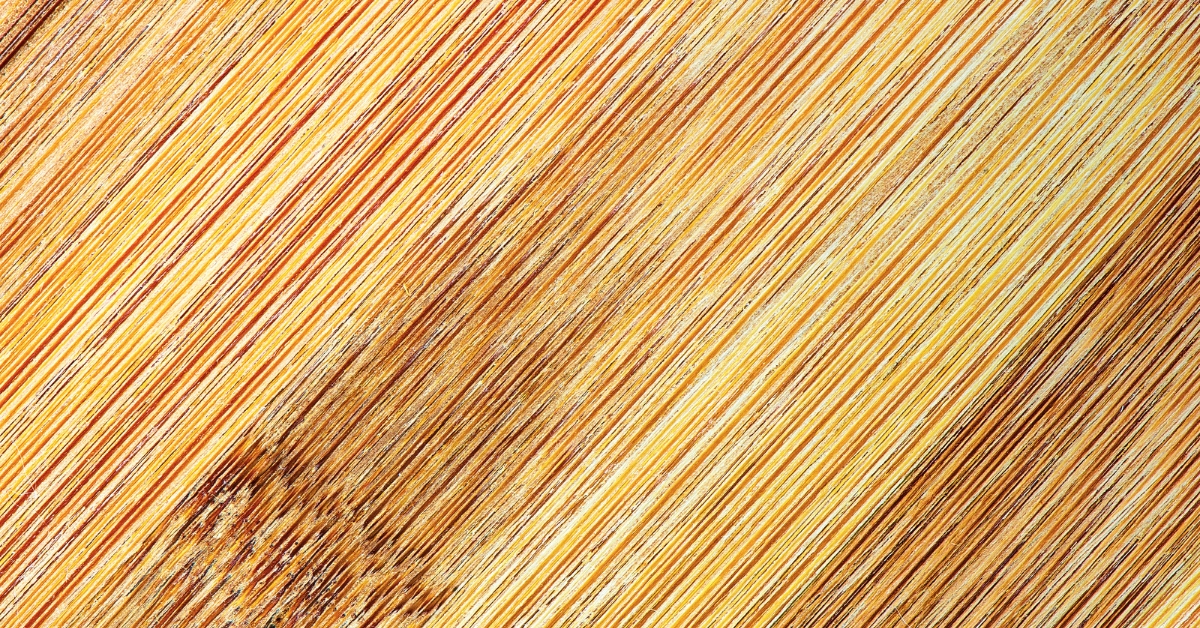
Pine
Pine wood is a versatile and inexpensive wood that is commonly used to make Moroccan furniture pieces. The wood is known for its light color and straight grain patterns. Moroccan craftsmen use pine wood to make tables, chairs, and other furniture pieces that are both affordable and functional.
| Characteristic | Appearance |
|---|---|
| Density | Pine wood is a lightweight wood with a density of 25-37 lbs/ft³. |
| Grain | The grain of pine wood is usually straight, but can sometimes be wavy or irregular. |
| Color | The color of pine wood ranges from pale yellow to light brown, with occasional streaks of reddish-brown. |
| Texture | Pine wood has a relatively even and medium texture, with a low natural luster. |
| Knots | Pine wood is known for its prominent knots, which can vary in size and shape. |
| Durability | Pine wood is not very durable and is susceptible to decay, rot, and insect damage if not treated properly. |
| Workability | Pine wood is easy to work with and can be easily sawn, nailed, and screwed. |
| Finishing | Pine wood takes stain and paint well, but it is important to use a wood conditioner first to prevent blotching. |
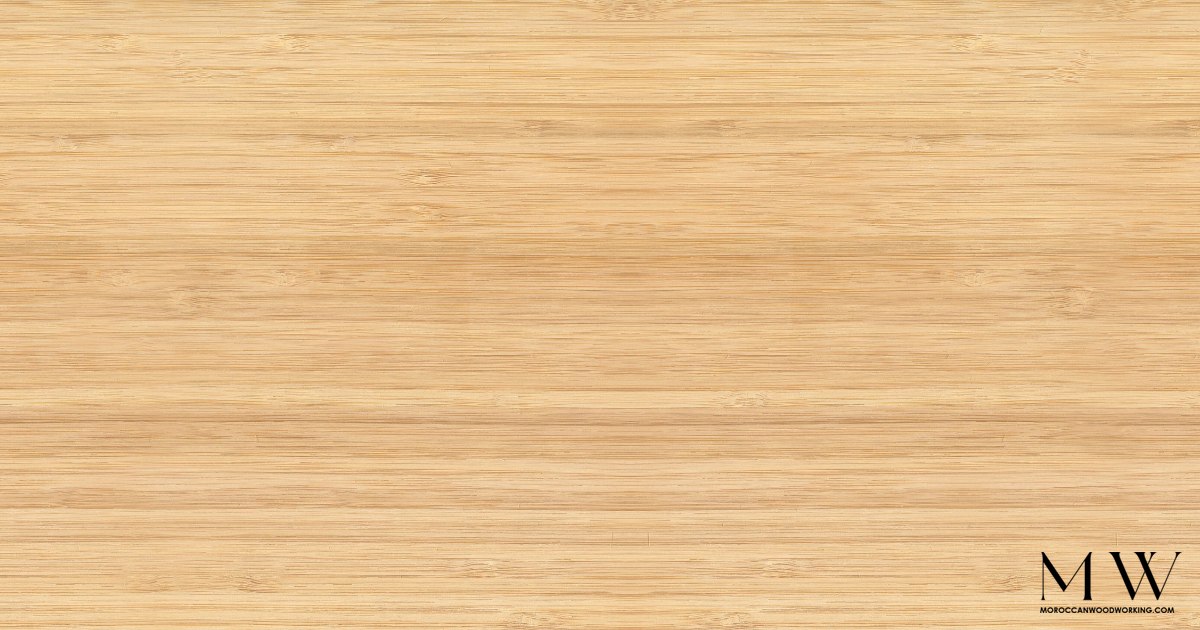
Redwood
Redwood is a highly prized wood that is used to make high-end Moroccan furniture pieces. The wood is known for its rich red color and fine grain texture. Moroccan craftsmen use redwood to make cabinets, tables, and chairs that are both elegant and durable
| Characteristic | Appearance |
|---|---|
| Color | Reddish-brown |
| Texture | Fine, even texture |
| Grain | Straight |
| Density | Moderate to high |
| Strength | Strong and durable |
| Decay resistance | High resistance to decay and insects |
| Weathering | Resistant to weathering and rot |
| Workability | Easy to work with hand and machine tools |
| Finish | Takes paint and stain well |
| Uses | Outdoor and indoor furniture, decking, siding, fencing, and other outdoor structures |
Thuya
Thuya wood is a highly prized wood that is used to make decorative carvings and small furniture pieces. The wood is known for its distinct fragrance and unique grain patterns. Moroccan craftsmen use thuya wood to make decorative boxes, utensils, and small furniture pieces, such as stools and footrests.
| Characteristic | Appearance |
|---|---|
| Density | Medium to high density, typically 650-750 kg/m³ |
| Color | Yellowish brown to reddish brown, with darker brown or black streaks |
| Grain | Straight to slightly irregular |
| Texture | Fine to medium, with a slightly oily feel |
| Figure | Distinctive burl or “bird’s eye” figure |
| Durability | Moderately durable, with good resistance to decay and insect attack |
| Workability | Easy to work with hand and machine tools, but can be brittle and prone to splitting |
| Finishing | Takes a good finish, with a natural luster when polished |
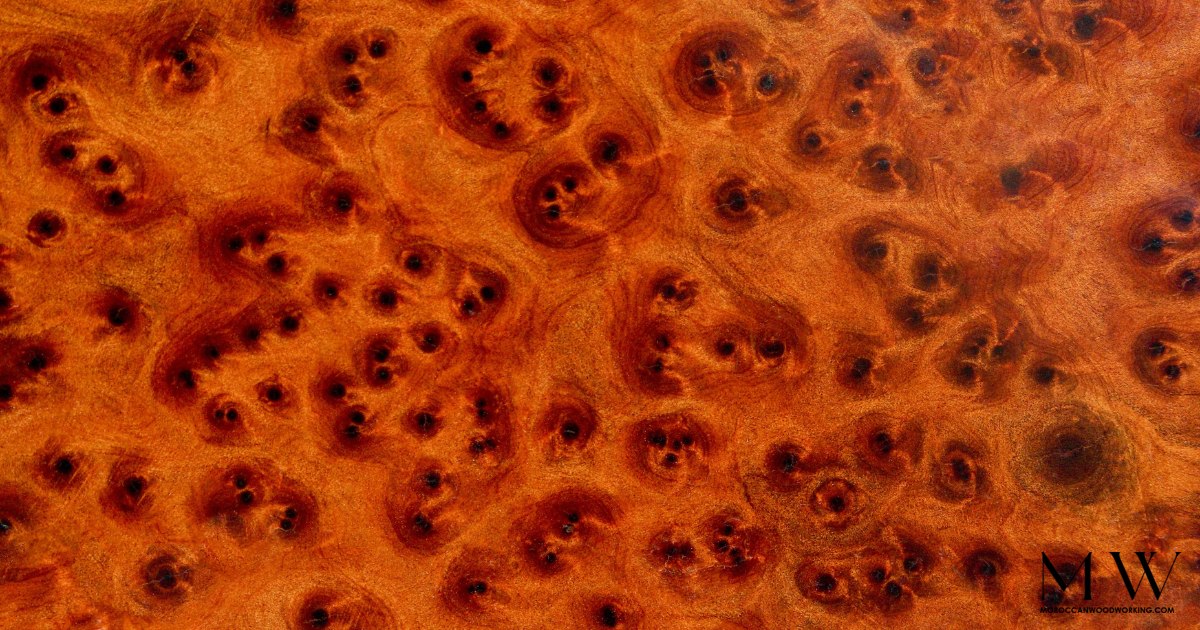
Walnut
Walnut wood is a luxurious and expensive wood that is used to make high-end Moroccan furniture pieces. The wood is known for its rich brown color and fine grain texture. Moroccan craftsmen use walnut wood to make cabinets, tables, and chairs that are both elegant and durable.
| Characteristic | Appearance |
|---|---|
| Hardness | Hard and durable |
| Color | Light to dark brown with a purplish hue |
| Grain | Straight to slightly wavy with a medium to coarse texture |
| Figure | Often exhibits a striking figure, such as burl or crotch |
| Sapwood | Pale white to light brown |
| Heartwood | Rich dark brown |
| Density | Medium to high density |
| Workability | Easy to work with hand and power tools |
| Finishing | Takes finishes and stains well |
| Durability | Resistant to decay and insect damage |
| Uses | Furniture, cabinetry, flooring, turning, carving, and decorative veneers |
